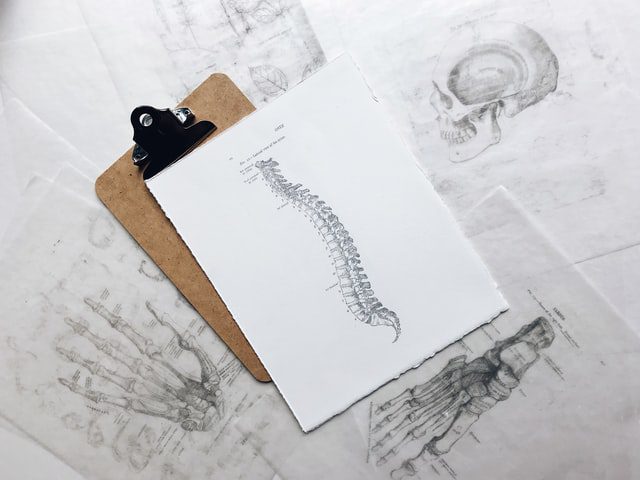Overview Of Curvature Of The Spine (Scoliosis)
Scoliosis is an abnormal curvature in the spine. Your spine is your backbone. It runs straight down your back. Everyone’s spine naturally curves a bit. But people with scoliosis have a spine that curves too much. The spine might look like the letter C or S.
Causes Of Curvature Of The Spine (Scoliosis)
Most of the time, the cause of scoliosis is unknown. This is called idiopathic scoliosis.
It is the most common type. It is grouped by age.
- In children age 3 and younger, it is called infantile scoliosis.
- In children age 4 through 10, it is called juvenile scoliosis.
- In children age 11 through 18, it is called adolescent scoliosis.
- Scoliosis most often affects girls. Some people are more likely to have curving of the spine. Curving generally gets worse during a growth spurt.
Other types of scoliosis are:
- Congenital scoliosis: This type of scoliosis is present at birth. It occurs when the baby’s ribs or spine bones do not form properly.
- Neuromuscular scoliosis: This type is caused by a nervous system problem that affects the muscles. Problems can include cerebral palsy, muscular dystrophy, spina bifida, and polio.
Symptoms
Most often, there are no symptoms of scoliosis.
If there are symptoms, they may include:
- Backache or low-back pain that goes down the legs
- Weakness or tired feeling in the spine after sitting or standing for a long time
- Uneven hips or shoulders (one shoulder may be higher than the other)
- Shoulder pain
- Spine curves more to one side
Exams & Tests
The health care provider will perform a physical exam. You will be asked to bend forward. This makes your spine easier to see. It may be hard to see changes in the early stages of scoliosis.
The exam may show:
- One shoulder is higher than the other
- The pelvis is tilted
- X-rays of the spine are done. X-rays are important because the actual curving of the spine may be worse than what your doctor can see during an exam.
Other tests may include:
- Spinal curve measurement (scoliometer screening)
- X-rays of the spine to see how flexible the curvature is
- MRI of the spine
- CT scan of the spine to look at the bony changes
Treatment Of Curvature Of The Spine (Scoliosis)
Treatment depends on many things:
- The cause of scoliosis
- Where the curve is in your spine
- How big the curve is
- If your body is still growing
- Most people with idiopathic scoliosis do not need treatment. But you should still be checked by a doctor about every 6 months.
If you are still growing, your doctor might recommend a back brace. A back brace prevents further curving. There are many different types of braces. What kind you get depends on the size and location of your curve. Your provider will pick the best one for you and show you how to use it. Back braces can be adjusted as you grow.
Back braces work best in people over age 10. Braces do not work for those with congenital or neuromuscular scoliosis. You may need surgery if the spine curve is severe or getting worse very quickly.
Surgery involves correcting the curve as much as possible:
- Surgery is done with a cut through the back, belly area, or beneath the ribs.
- The spine bones are held in place with 1 or 2 metal rods. The rods are held down with hooks and screws until the bone heals together.
- After surgery, you may need to wear a brace for a while to keep the spine still.
Scoliosis treatment may also include:
- Emotional support: Some children, especially teens, may be self-conscious when using a back brace.
- Physical therapy and other specialists to help explain the treatments and make sure the brace fits correctly.



